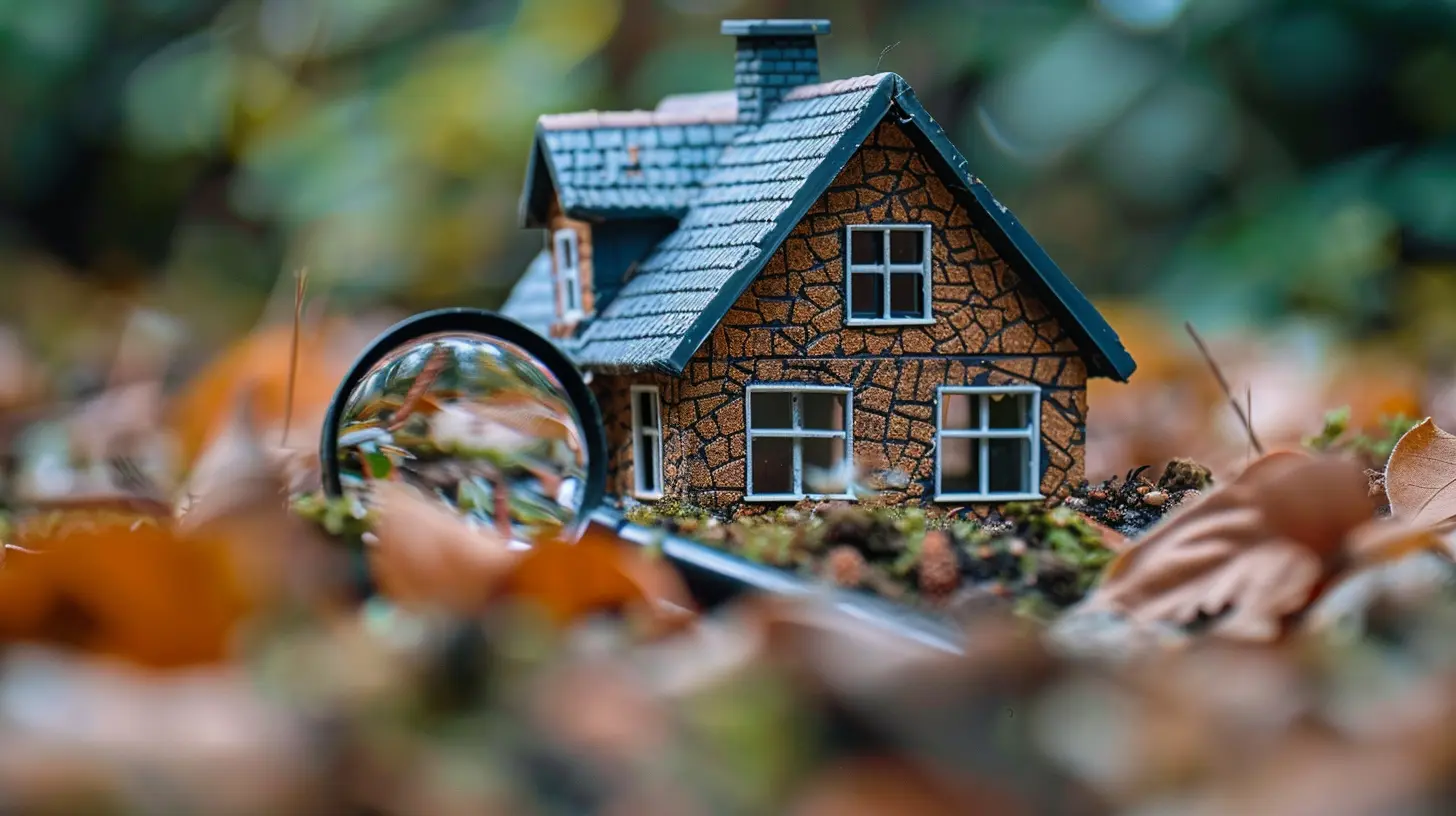How to Read Between the Lines of a Property Listing
27 August 2025
If you've ever scrolled through real estate listings, you know they’re riddled with buzzwords, vague descriptions, and carefully chosen photos. But what do those phrases and pictures really mean? Sellers and agents are masters at making a property sound more appealing than it might actually be.
That’s why reading between the lines is crucial. In this guide, we’ll break down common real estate listing terms, decode them, and help you spot potential red flags before you waste time on a disappointing showing.

Why Real Estate Listings Can Be Misleading
Real estate listings are marketing tools, and like any form of advertising, their main goal is to attract buyers. Agents and sellers use specific wording and selective photography to highlight the best features while downplaying or completely omitting the negatives.That’s why words like “cozy” and “charming” can often mean “tiny” and “outdated.” Understanding how to interpret these descriptions will save you from walking into a property expecting one thing and finding another. 
Deciphering Common Real Estate Buzzwords
1. "Cozy" = Small
Properties described as “cozy” are usually compact—sometimes uncomfortably so. A “cozy” living room could mean you’ll struggle to fit a regular-sized couch.If you’re okay with a smaller space, great! But if you need room to stretch out, take “cozy” as a red flag.
2. "Charming" = Old (Possibly Outdated)
A “charming” house often has character—think crown molding, original hardwood floors, or historic details. But sometimes, this is just code for “old and possibly in need of major upgrades.”Check the listing photos carefully. If the kitchen looks like it’s straight out of the '80s, you might need to factor in renovation costs.
3. "Needs a Little TLC" = Major Repairs Required
“Needs a little TLC” is a classic way of saying, “Prepare to spend a lot of money on renovations.”This phrase usually indicates a fixer-upper, so unless you’re ready to take on a major project, it’s best to tread carefully.
4. "Up-and-Coming Neighborhood" = Still Developing
Buying in an “up-and-coming neighborhood” can be a smart investment, but it can also mean that the area still has rough edges.Make sure you check crime rates, future development plans, and nearby amenities before committing.
5. "Partially Finished Basement" = Not Very Usable
If a basement is only “partially finished,” it might mean you’ll need to complete the work yourself. That could mean adding drywall, flooring, or even plumbing and electrical.Find out exactly what’s done—and more importantly, what’s not.
6. "Low-Maintenance Yard" = Small or No Yard at All
A “low-maintenance yard” sounds appealing, right? Less work! But in reality, it could mean that the yard is tiny or even non-existent.If outdoor space is important to you, pay close attention to the listing photos and ask for exact lot dimensions.
7. "Great Potential" = Not So Great Right Now
Any listing boasting “great potential” means the property isn’t great yet. It could be outdated, in poor condition, or located in an area that hasn’t quite taken off.Potential is great—as long as you’re willing to put in the time, effort, and money to make it happen. 
How to Spot Red Flags in Listing Photos
Words aren’t the only thing you need to dissect—photos can be just as deceptive. Here are a few sneaky tricks real estate listings use to make homes look better than they really are.1. Too Many Close-Ups
If a listing is filled with close-up shots of details (like a doorknob, crown molding, or a light fixture), that might mean the bigger picture isn’t so great.A lack of wide-angle shots of rooms could indicate that the space is small, poorly laid out, or outdated.
2. Overuse of Filters and Lighting Adjustments
Ever seen a picture of a home with bright, inviting light—only to visit and find dim, cramped spaces? Filters and enhanced lighting can make rooms appear much larger and more inviting.Look for natural light sources in the photos—if none are visible, the home might be much darker in person.
3. Strangely Cropped Photos
If a room is cropped in an unusual way, it could be hiding something. Missing ceilings, chopped-off corners, or tight angles might be masking damage or awkward layouts.4. No Exterior Photos
If a listing features only interior shots with no pictures of the front of the house, be wary. This could mean the home has poor curb appeal, needs serious exterior repairs, or sits in a less desirable location.
Questions You Should Always Ask
Before arranging a viewing, ask the listing agent these questions to avoid wasting time on a property that doesn’t meet your needs:- What major repairs or updates have been made recently?
- Are there any pending assessments, HOA fees, or special taxes?
- Why is the owner selling?
- How long has the home been on the market?
- Has the price been reduced? If so, why?
These questions will help you gauge whether the listing is truly accurate—or if there’s more to the story.
Final Thoughts
Real estate listings are designed to get you in the door, but that doesn’t mean you should take everything at face value. By learning how to decode buzzwords, analyze photos critically, and ask the right questions, you can avoid disappointment and focus on homes that genuinely fit your needs.Now that you know how to read between the lines, you’ll be one step ahead in your home search. Happy house hunting!
all images in this post were generated using AI tools
Category:
Buyers GuideAuthor:

Elsa McLaurin
Discussion
rate this article
1 comments
Holly Bellamy
Reading property listings is like decoding a treasure map! 🗺️ While ‘cozy’ might mean ‘tiny’, and ‘fixer-upper’ screams ‘bring your toolbox’, don’t forget to envision the potential! Trust your instincts and keep your sense of humor—finding your dream home can be an adventure, not a chore! 🏡✨
September 11, 2025 at 3:47 AM

Elsa McLaurin
Absolutely! Embracing the adventure and decoding the hidden meanings in listings can lead to unexpected treasures. Happy house hunting! 🏡✨


